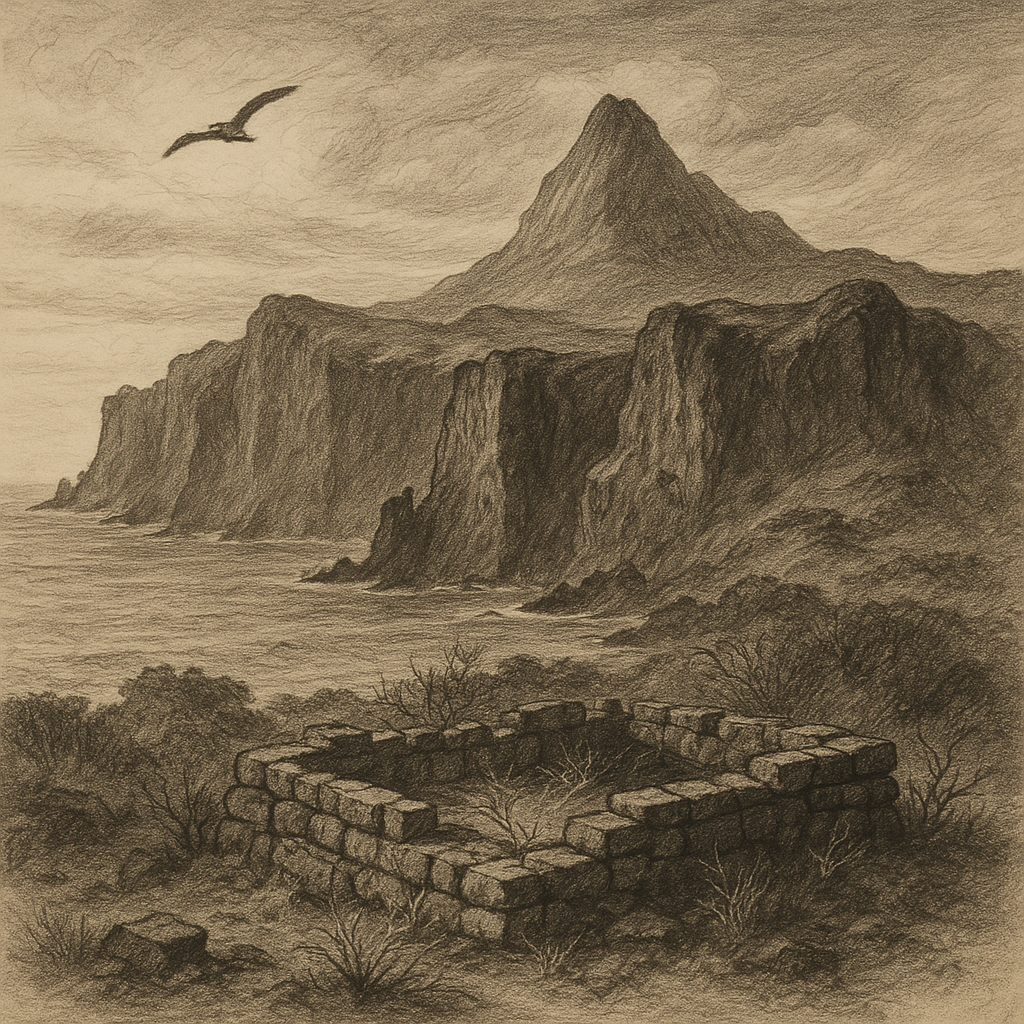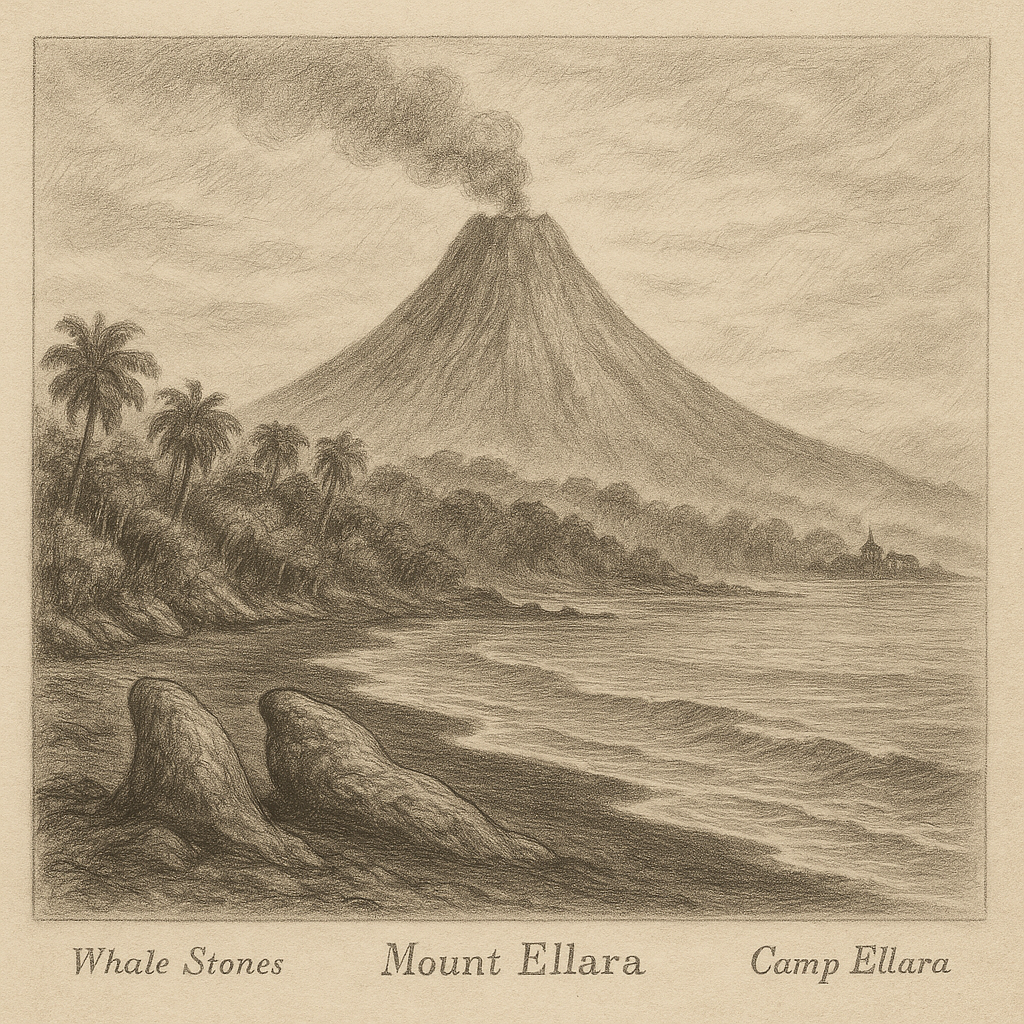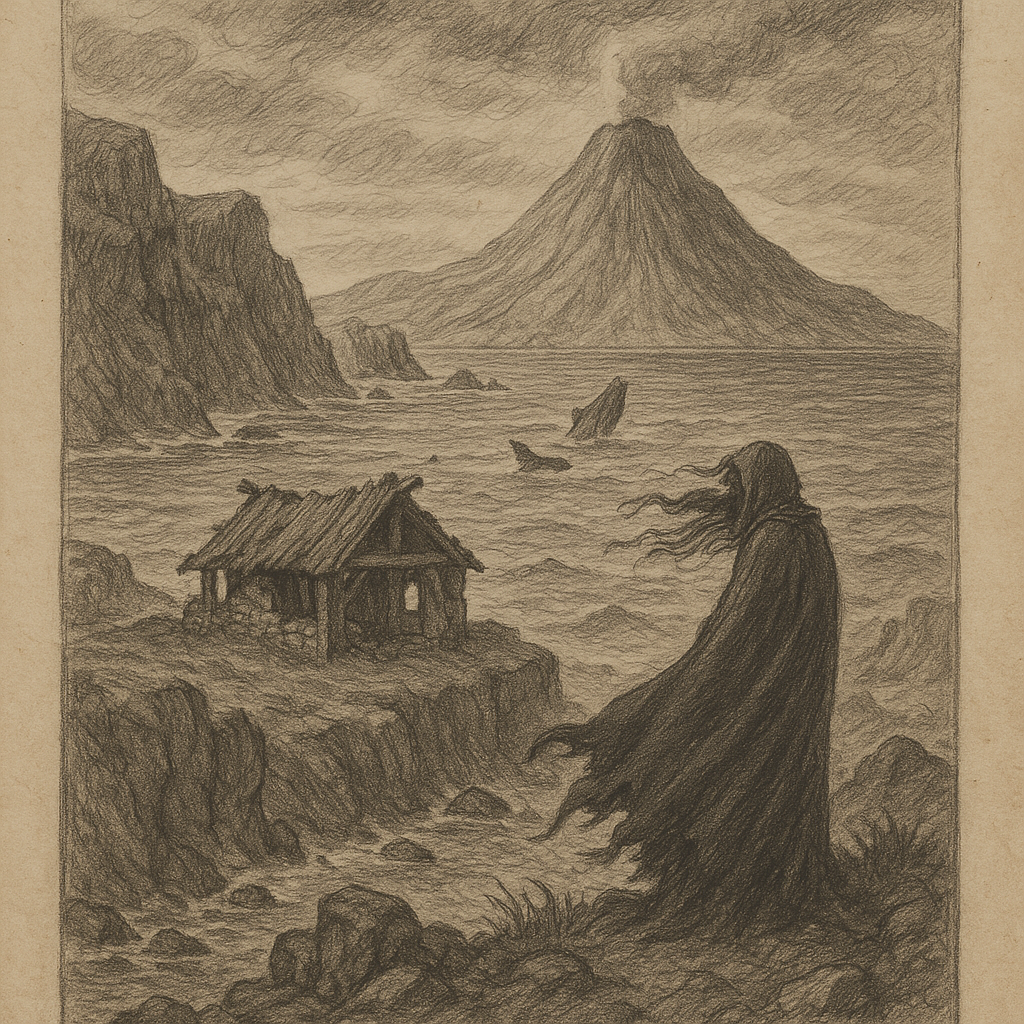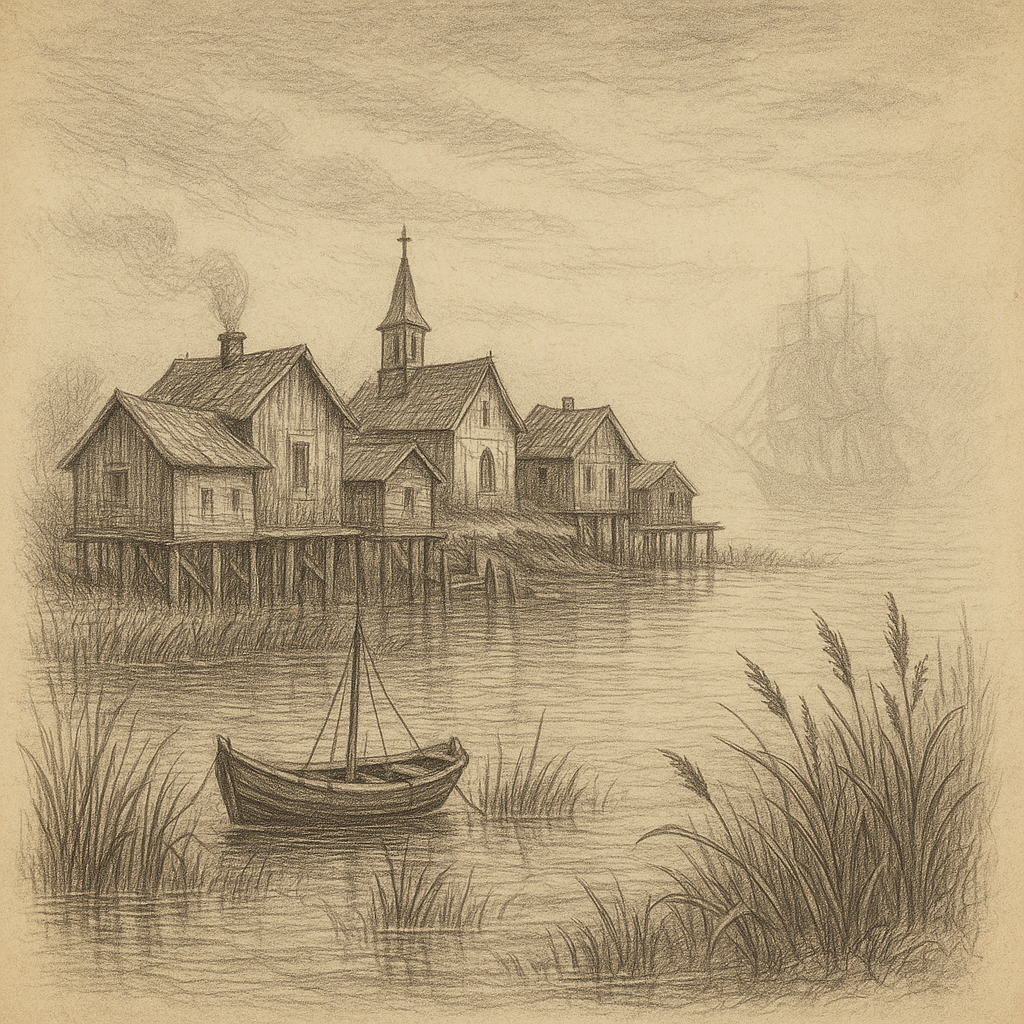Eiao Island: A Remote Wilderness in the Marquesas
Eiao Island is one of the most remote and least accessible islands in French Polynesia. Situated in the northern Marquesas Islands, Eiao is uninhabited, wild, and steeped in mystery. Despite its isolation, it has played a notable role in Polynesian history and continues to attract attention from ecologists and adventurers alike.
Location and Geography
Eiao Island lies approximately 100 km northwest of Nuku Hiva, the largest island in the Marquesas archipelago. It is the northernmost island of the group and has coordinates roughly at 8.0°S latitude and 140.7°W longitude. The total area of the island is about 49.5 km², making it among the largest uninhabited islands in French Polynesia. Eiao is mostly a high, mountainous island, reaching elevations of up to 576 meters (1,890 feet) at Mount Tumu Meae Ufa. Its terrain is characterized by rugged cliffs, dry plateaus, and narrow coastal plains.
Unlike the lush vegetation typical of many tropical islands, Eiao has a much drier, semi-arid climate. This aridity is largely due to its northern location, which places it outside the moist convergence zones that bring greater rainfall to other Marquesan islands. The resulting vegetation is sparse, with patches of grassland, dry forest, and scrubland. Native flora and fauna have adapted to this harsher environment, though many are now endangered due to ecological disturbances in recent centuries.
Ecological Importance and Environmental Challenges
Eiao Island is considered an ecological treasure due to its endemic species and relatively unaltered ecosystems. Historically, the island supported populations of unique birds, reptiles, and plants, including the Eiao Marquesan warbler (Acrocephalus mendanae aquilonis) and species of giant land snails.
However, the introduction of invasive animal species such as goats, sheep, pigs, and rats during the 19th and 20th centuries has devastated these delicate ecosystems. Overgrazing and predation lead to the collapse of native vegetation and animal populations. Efforts to restore the ecosystem are underway, with particular focus on eradicating invasive species and reintroducing native flora.
Eiao is now officially designated as a nature reserve (Réserve Naturelle Terrestre de l’île Eiao) by the French Polynesian government. Access to the island is strictly regulated in order to protect its fragile environments and help in ongoing scientific studies.
Historical and Cultural Significance
Though currently uninhabited, Eiao has long been known to the Polynesians. Archaeological evidence indicates significant ancient settlements across the island. Stone platforms known as “paepae” and ceremonial structures have been unearthed, hinting at a thriving culture that once inhabited this remote outpost.
It is believed that Eiao served as a spiritual or ceremonial site in Polynesian society. Its isolation and rugged topography may have made it a place of retreat, training, or ritual. In oral traditions and legends, the island is often associated with ancient voyages and the spread of Polynesian culture throughout the Pacific.
During the colonial era, Eiao saw limited attempts at occupation. A short-lived penal colony was established on the island in the 19th century by the French, but it was soon abandoned due to the harsh environment and logistical difficulties of maintaining supplies.
Curiosities and Lesser-Known Facts
One of the most fascinating aspects of Eiao is its untouched wilderness. As one of the few islands in French Polynesia that remains uninhabited, Eiao offers a rare glimpse into what many of the Marquesas may have looked like hundreds of years ago.
The dry climate has helped preserve archaeological sites better than on more humid islands. Researchers have found hundreds of stone structures, many of which remain unstudied due to the island’s inaccessibility.
Additionally, Eiao has played an unintentional role in astronomical history. During the early 20th century, scientists occasionally used the island’s coordinates as an observational point for star trackers and celestial navigation due to its isolated position and lack of light pollution.
The island’s status as a DXCC entity also makes it a rare and coveted destination among amateur radio enthusiasts. Expeditions to transmit from Eiao are exceedingly rare and highly anticipated within the global ham radio community.
Legends and Mythology of Eiao
In Marquesan mythology, Eiao is often portrayed as the domain of powerful spirits and ancestors. One widespread legend tells of a great navigator who sailed from Eiao to establish new settlements in the southern Marquesas. It is said that he brought with him sacred stones from Eiao, believed to carry spiritual power (mana) that would ensure prosperity in new lands.
Because of its isolation, Eiao was also considered a place of exile—both literal and spiritual. According to oral traditions, souls of the dead from other islands would journey to Eiao as part of their passage into the afterlife. The island’s mist-covered cliffs and distant profile on the horizon lent it a mysterious aura, enhancing its role in Marquesan cosmology.
Another popular tale speaks of a goddess guardian of Eiao who controls the winds and waves around the island. Sailors were advised to offer tributes before approaching its shores, lest the seas turn treacherous.
Modern Access and Conservation Efforts
Due to its status as a nature reserve and its extreme remoteness, Eiao Island is not open to casual visitors. Access is granted only through special permits aimed at environmental research, conservation work, or archaeological surveys.
Scientific expeditions to Eiao are logistically challenging, requiring extensive planning, private charter boats, and support from the environmental authorities in French Polynesia. However, these efforts are beginning to yield promising results. Reforestation programs and invasive species removal campaigns are currently ongoing, aiming to restore Eiao’s ecosystems and protect its unique natural heritage.
Conclusion
Eiao Island stands as one of the Pacific’s last untouched landscapes—a silent sentinel of Polynesian history and natural beauty. Its formidable cliffs, arid plateaus, and rich cultural legacy make it a unique destination for those passionate about nature, history, and the mysteries that still linger in the farthest corners of the world. While access is limited, efforts to preserve and study this remarkable island continue, ensuring that Eiao remains a beacon of both natural wonder and ancient tradition.



